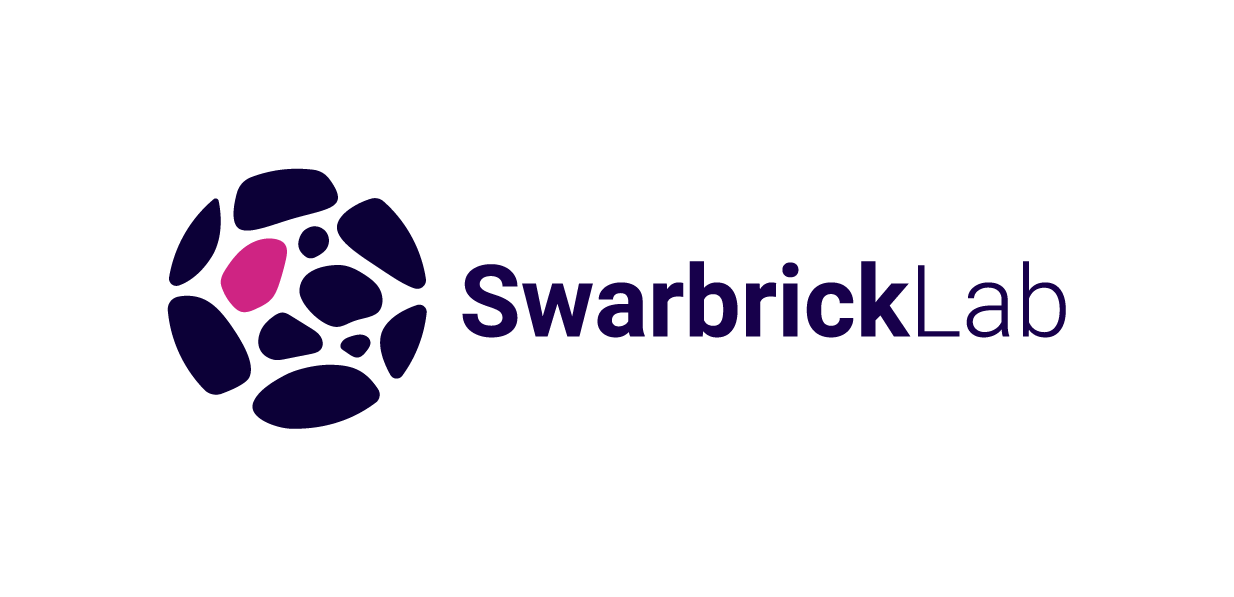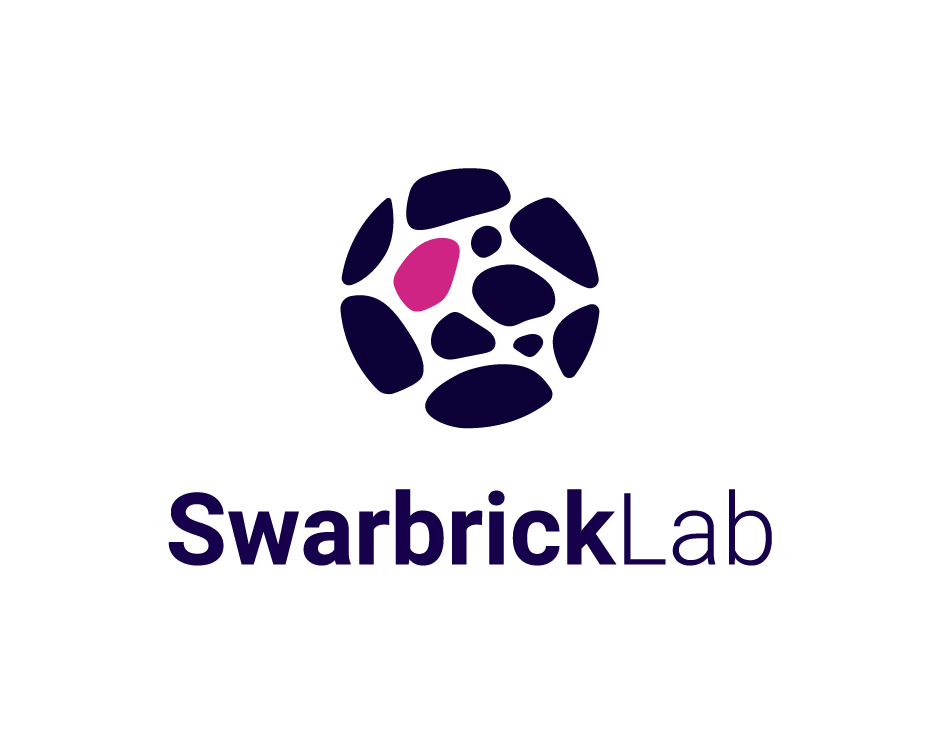Spatial Technologies
Advances in single-cell sequencing technologies have led to a growing appreciation of solid tumours as complex cellular ecosystems. Interactions within the cancer ecosystem, which also comprises host stromal and immune cells, may impact crucial clinical aspects such as aggressiveness, metastatic potential and response to treatment. Therefore, understanding tumour biology requires knowledge of its cellular context. Spatial transcriptomic techniques allow high throughput probing of gene expression while preserving spatial information, allowing cells to be studied within their tissue context. Our lab has applied spatial techniques, particularly Visium and Xenium, across several projects to profile the cellular architecture of solid tumours.
Dr Tony Wang pioneered the use of spatial transcriptiomic technologies in the lab and currently leads the metastatic cancer spatial project. Metastases display different histological growth patterns and morphological features, which are associated with differences in prognosis and suggest distinct molecular mechanisms. Tony is leveraging a metastatic breast cancer cohort spanning multiple tissue sites to investigate the interactions between metastatic cells and their non-native tissue environment. To capture this diversity, Tony has generated Visium data from over 70 samples. Tony also leads collaboration with Associate Professor Luciano Martelotto (SAIGENCI), developing snPATHOseq to allow simultaneous single-nuclei and spatial transcriptomics in FFPE tissue samples.
Sophie van der Leij leads the Spatial Breast Cancer Atlas project. Together with our close collaborator Professor Joakim Lundeberg and his team at SciLifeLab (Sweden), we have generated Visium data from 200 tumour samples of our primary breast cancer cohort. This project explores the patterns of cellular organisation in primary breast tumours of all subtypes and will shed light on the spatial biology of breast cancer hitherto unknown.
John Reeves supports this project with his extensive knowledge of bioinformatics, and data management. Kate Harvey carries out sample selection and preparation from our primary breast cancer cohort. Jessica Yang creates the tissue sections for analysis. Sandra O’Toole carries out pathology annotation.
This project is enabled by close collaboration with the Lundeberg Lab (SciLifeLab). We gratefully acknowledge the considerable and ongoing contributions of Professor Joakim Lundeberg, Leire Alonso Galicia, Javier Escudero Morlanes and Marcos Abreu Machado to the project.
-

Tony Wang
-

Sophie van der Leij
-

John Reeves
-

Kate Harvey
-

Jessica Yang
-

Sandra O'Toole

